Pierre Chouteau and his half-brother Auguste[1]Pierre was christened Jean Pierre but seldom used his full name. Auguste is sometimes referred to as René Auguste, the same name as his father, the co-founder of St. Louis. William E. Foley and C. … Continue reading dominated the St. Louis-based fur trade when the Lewis and Clark Expedition arrived in 1803. Their main trading partners were the Osages, and while the expedition wintered at St. Louis, Pierre organized the first delegation of Missouri-based Indians to travel to Washington City. After the expedition left St. Louis, Pierre was witness to the 3 November 1804 treaty negotiated in St. Louis between William Henry Harrison and the Sauks and Foxes. In 1808, he became the American agent and commissioner of the Osage.[2]Stan Hoig, The Chouteaus: First Family of the Fur Trade (Albuquerque: University of New Mexico Press, 2008), 261.
Related Pages
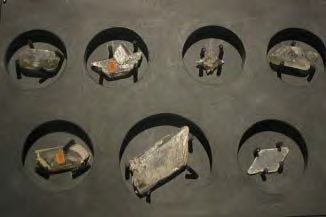

Although not nearly as celebrated as their botanical and zoological work, Lewis and Clark collected a multitude of mineralogical specimens throughout the expedition.
February 18, 1804
Forming an Osage delegation
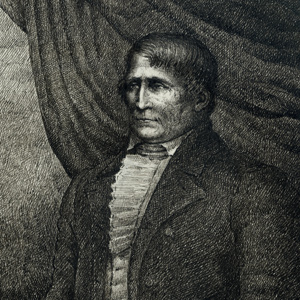
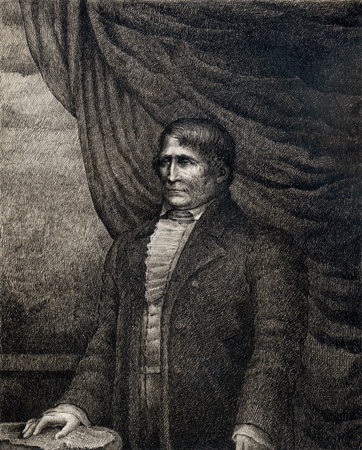
Wood River Camp, IL Clark and Lewis work with St. Louis fur trader Pierre Chouteau to send a delegation of Osage Indians to Washington City. Lewis encourages Chouteau to take the group himself.
February 20, 1804
Lewis joins Clark in St. Louis
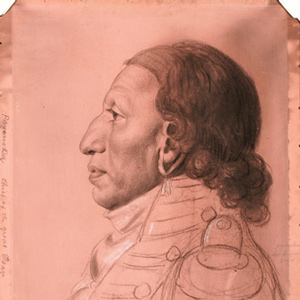

Wood River Camp, IL Lewis likely follows through on his promise of two days ago and travels to St. Louis to help Pierre Chouteau organize a delegation of Osage Chiefs bound for Washington City.
April 21, 1804
Chouteau's Osage delegation
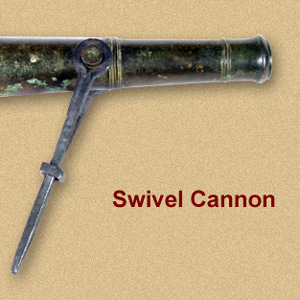

Across the Mississippi, a cannon is heard and soon after 22 Osage Indians arrive escorted by trader Pierre Chouteau. The captains accompany the delegation to St. Louis leaving Sgt. Ordway in charge.
May 2, 1804
St. Louis preparations


In St. Louis, Lewis writes Clark regarding seven French engagés and the enlisted men’s pay. He sends flags, mosquito netting, and shirts to Clark who is managing the winter camp across the Mississippi.
May 3, 1804
Chouteau's Osage delegation
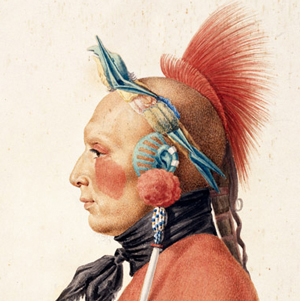

From St. Louis and Camp River Dubois, Lewis and Clark write letters of introduction for Pierre Chouteau who will soon take a delegation of Osage to Washington City. Trader Manuel Lisa visits Clark.
May 18, 1804
Shifting the cargo
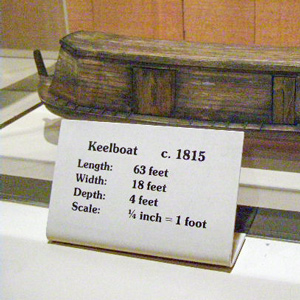

Based on what was learned coming up the Missouri, Clark shifts weight to the front of the boats. Drouillard leaves for St. Louis where Lewis is working. Some of the men dance with St. Charles ladies.
May 31, 1804
Osage disbelief
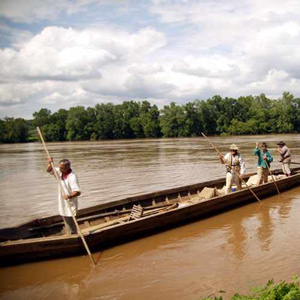

Strong winds force the expedition to remain near present-day Chamois, Missouri. Some traders heading down report that the Osage People do not believe that their homeland is now part of the United States.
May 22, 1805
Passing Grouse Creek
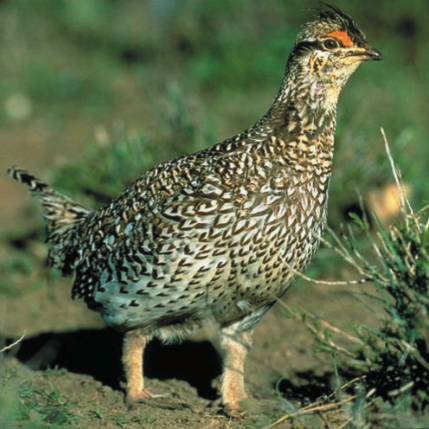

After a wind delay, the men tow the boats sixteen miles up the Missouri along present-day Charles M. Russell National Wildlife Refuge. They pass “grows Creek,” named for the many grouse seen there.
June 15, 1805
Sacagawea deteriorates
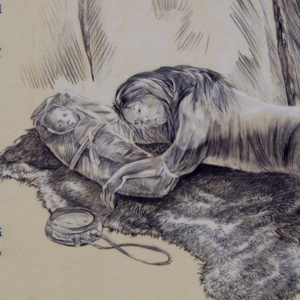

Below the Great Falls of the Missouri, Sacagawea‘s health deteriorates, and Charbonneau asks her to return home. Several miles ahead, Lewis fishes and describes a prairie rattlesnake in minute detail.
September 3, 1806
News from home
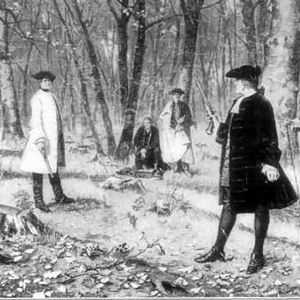

Sioux City, IA Trader James Aird is heading up the river to trade with the Sioux bringing news from home. The captains learn that Jefferson is still president, James Wilkinson is now Louisiana governor, and Alexander Hamilton died in a duel with Aaron Burr.
September 23, 1806
St. Louis homecoming
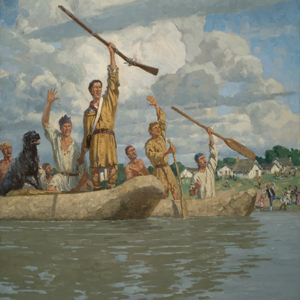

St. Louis, MO Around noon, the “corps of volunteers for North West Discovery” celebrates their St. Louis homecoming. Sgt. John Ordway finishes his journal, and the captains work on letters to President Jefferson, Illinois Governor Harrison, and Jonathan Clark.
The Charbonneaus in St. Louis
by Robert J. Moore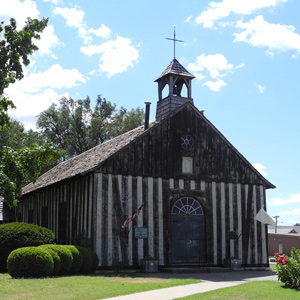

In 1809, Toussaint, Sacagawea, and Jean Baptiste Charbonneau traveled to St. Louis. Jean Baptiste’s baptism began a new era in his life, is father would try to become a farmer, and Sacagawea would become sickly.
Notes
| ↑1 | Pierre was christened Jean Pierre but seldom used his full name. Auguste is sometimes referred to as René Auguste, the same name as his father, the co-founder of St. Louis. William E. Foley and C. David Rice, The First Chouteaus: River Barons of Early St. Louis (Urbana: University of Illinois Press, 1983), ix. |
|---|---|
| ↑2 | Stan Hoig, The Chouteaus: First Family of the Fur Trade (Albuquerque: University of New Mexico Press, 2008), 261. |
